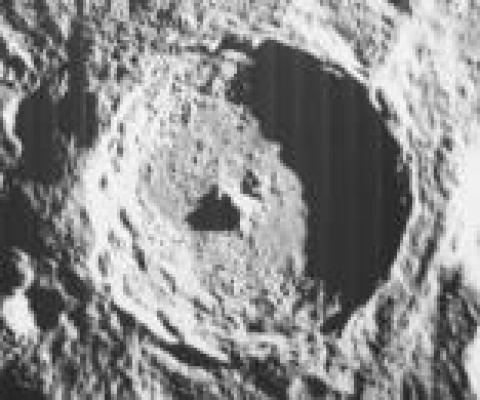Vredefort Dome, approximately 120km south west of Johannesburg, is a representative part of a larger meteorite impact structure, or astrobleme and has been declared South Africas seventh World Heritage Site (2005).
Dating back 2,023 million years, it is the oldest astrobleme found on earth so far. With a radius of 190km, it is also the largest and the most deeply eroded. Vredefort Dome bears witness to the worlds greatest known single energy release event, which caused devastating global change, including, according to some scientists, major evolutionary changes.
It provides critical evidence of the earths geological history and is crucial to our understanding of the evolution of the planet.
Despite their importance to the planets history, geological activity on the earths surface has led to the disappearance of evidence from most impact sites and Vredefort is the only example on earth to provide a full geological profile of an astrobleme below the crater floor.
When visiting the area you will notice small hills in a large dome shape with beautiful valleys between them.
The ring of hills we see now are the eroded remains of a dome created by the rebound of the rock below the impact site after the asteroid hit. The original crater, now eroded away, is estimated to have been 250 - 300 kilometres in diameter. Some 70 cubic kilometres of rock would have been vaporised in the impact.
The Vredefort structure is currently regarded the biggest and oldest clearly visible impact structure on Earth. It just beats the Sudbury impact structure in Canada for this ranking. The Sudbury structure is some 200 km in diameter and is estimated to be 1.85 billion years old.
Within the ring of hills at Vredefort is found granitic gneiss rock. The force of the impact produced deep fractures in the underlying rock. Rock melted by the impact flowed down into the cracks, producing what are now exposed as ridges of hard dark rock - the granophyre dykes. This contrasts with normal geological dykes, where molten rock from deeper in the earth has flowed upwards through cracks.



